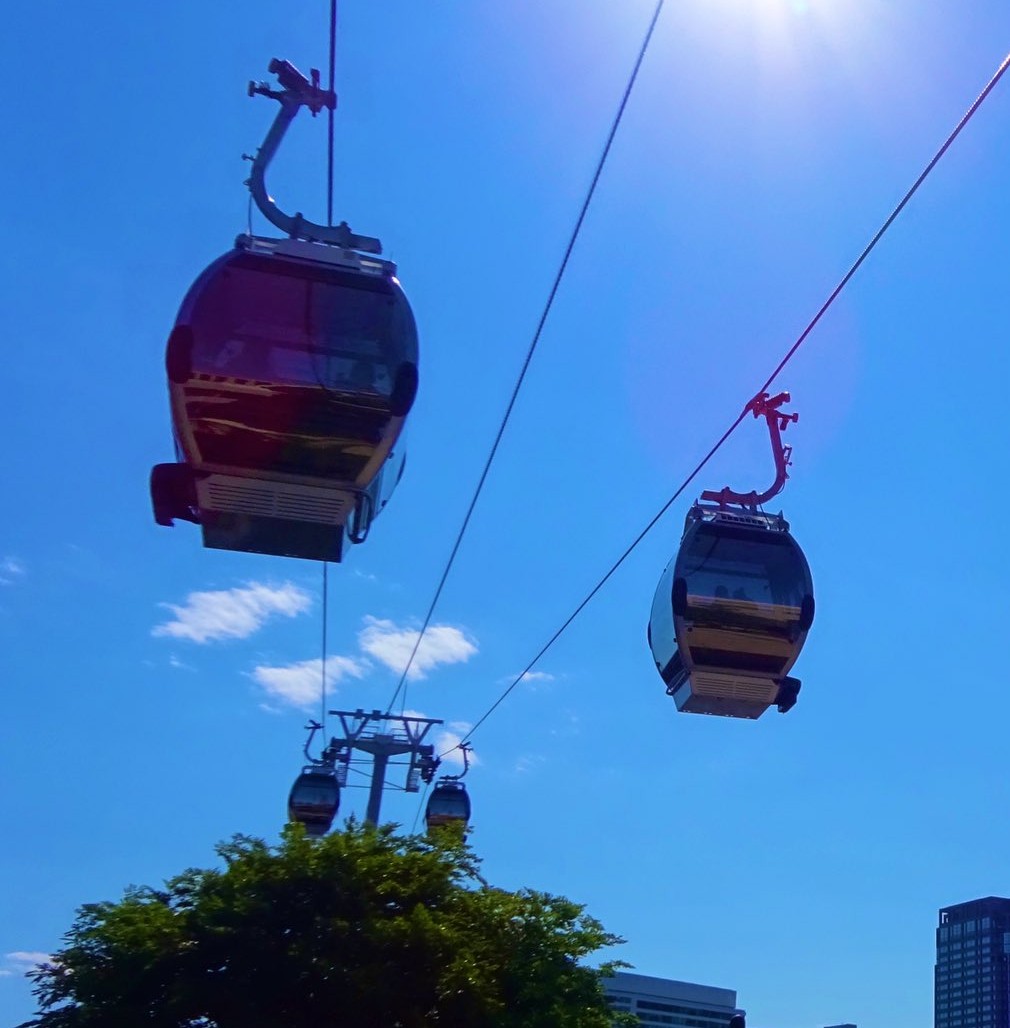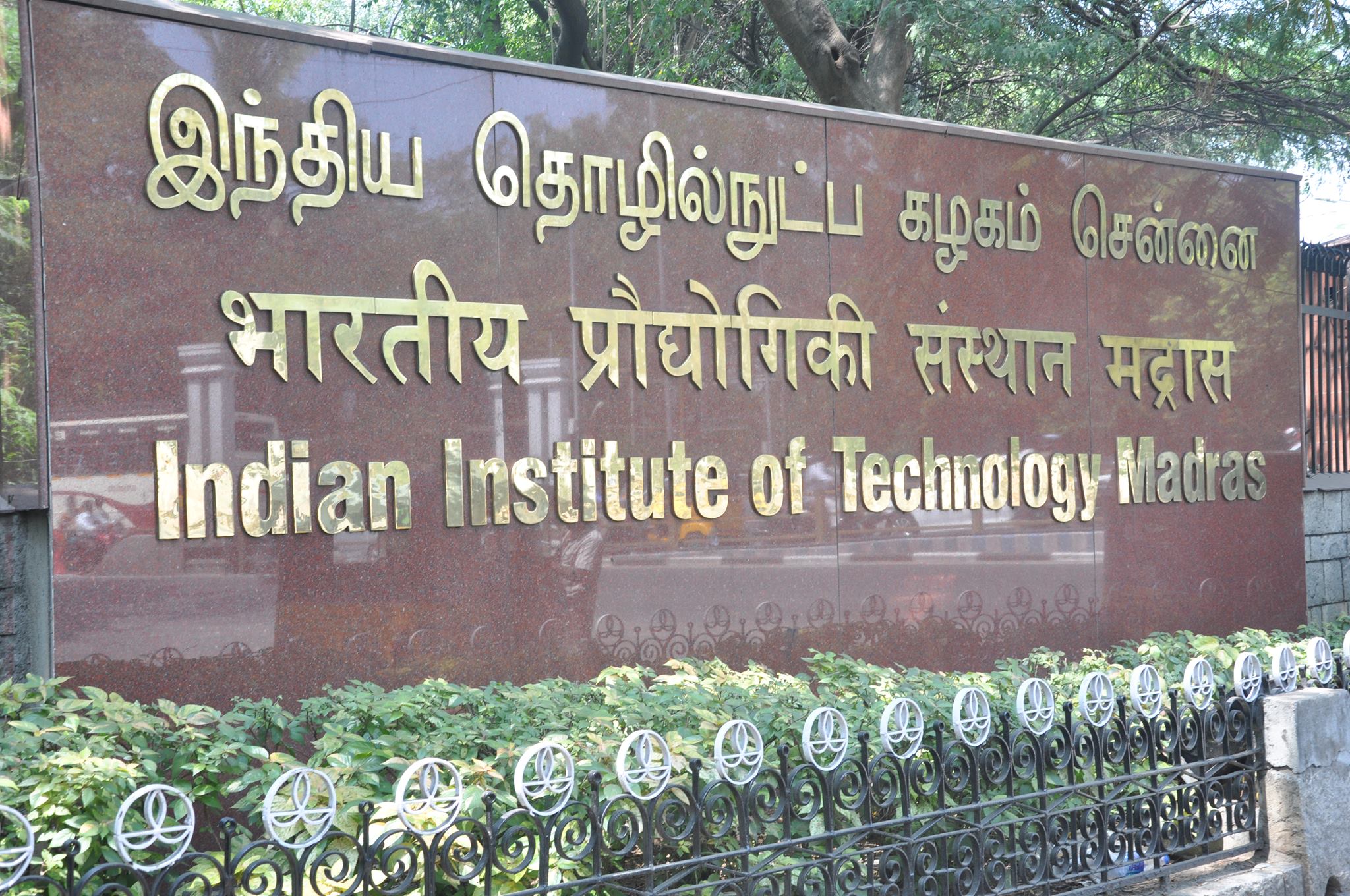India received its first mode of modern transportation in 1850s. For year to come after that, construction of various modern and distinct modes of transportation like steam-driven railways, narrow-gauge trains, material ropeways has helped in improving the infrastructure and create a passage for effective movement of raw material.
The Ministry of Road Transport and Highways, the apex body of GOI formed in 1942, is the paramount body to increase the efficiency of transport and mobility in the country. As the country moves forward towards adopting environment-friendly new-age transportation methods, the announcement to bring ropeways under the ambit of the Ministry of Transport & Highways will encourage the practice and establishment of innovative and efficient mobility solutions in India.
Journey from difficult terrains to urban cities
Hill stations and difficult terrains have always been ideal location for constructing ropeway projects as other modes of transportation available in the cities are not a feasible option. However, with the increase in population and rise in the number of vehicles in metros, there is a need for an eco-friendly mode of transportation. The government is also looking for alternates that improve the infrastructure and are also economical, take less time to become fully functional.
When compared to metro rails, undoubtedly, ropeways have the advantage of less infrastructural cost, experienced Indian players like DRIL who have been operating with top engineers and technicians for over 30 years and have proven their mettle with ropeway projects running across the county, some of the most difficult locations of India.
To name some of the major ropeway projects executed by DRIL – Ropeway at Science city, Kolkata for recreational purpose, Ropeway at Maihar, Satna, MP, Naina Deviji, H.P., Gangtok, Sikkim, Namchi, Vaishnodeviji, Tawang, Trikut and many more. The company has also recently installed a passenger ropeway of 2 KM length at Brahmaputra river from South Guwahati to North Guwahati.
All associated stakeholders can benefit from the “Made In India” initiative by the Govt of India, as it will give a chance to the Indian players to showcase their calibre, carry out extensive research and innovate for more advanced solutions with the support of government authorities.
Ropeways easing travel for locals
India’s north-eastern states seem to be more welcoming in adopting ropeways than the other parts of the country. Some of the cities that have successfully running ropeway projects include Digha, Guwahati Tawang , Gangtok, Namchi and Kolkata. The Gangtok city Deorali Bazar Ropeway built in 2003, helps the locals and tourists traverse between two parts of the city by easily hopping on a ropeway. This has also become a tourist attraction in the city.
If introduced in densely populated cities, this would bring a ground breaking change in the transportation and mobility system, boosting tourism options and giving a new recognition to the cities. The projects will also open pool of new job opportunities, contributing to the state’s economy.
Challenges going ahead
The GST charges on ropeways are 18%, much higher than that on the aviation mode, which is at 12%. It is time that ropeways should be treated equal to Railways where the GST is 5% with a minimum input tax credit because they can cater to all sections of society in an eco-friendly manner.
Conclusively, ropeways have the potential to become advanced mode of transportation in India. It was a well-thought step by the GOI to include it in the ambit of Highway Ministry. It will be widening the scope of infrastructural developments in the country.

Aditya Chamaria
Managing Director, Damodar Ropeway and Infra Ltd. (DRIL)





